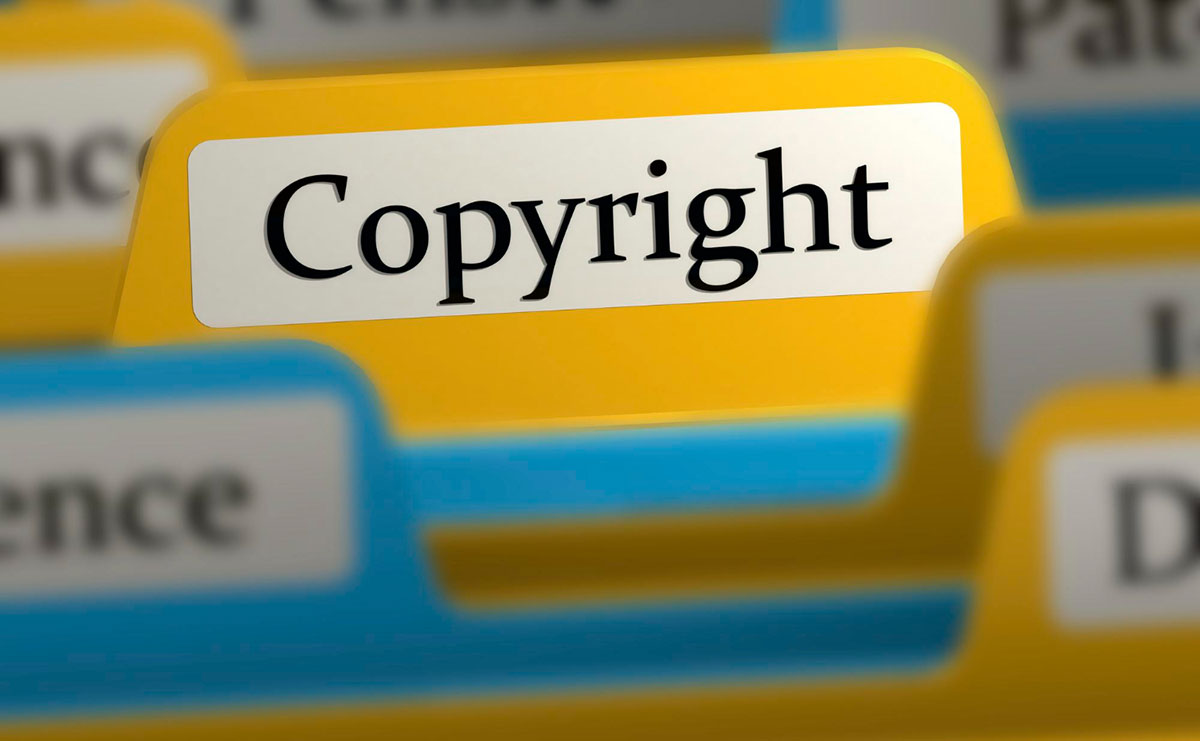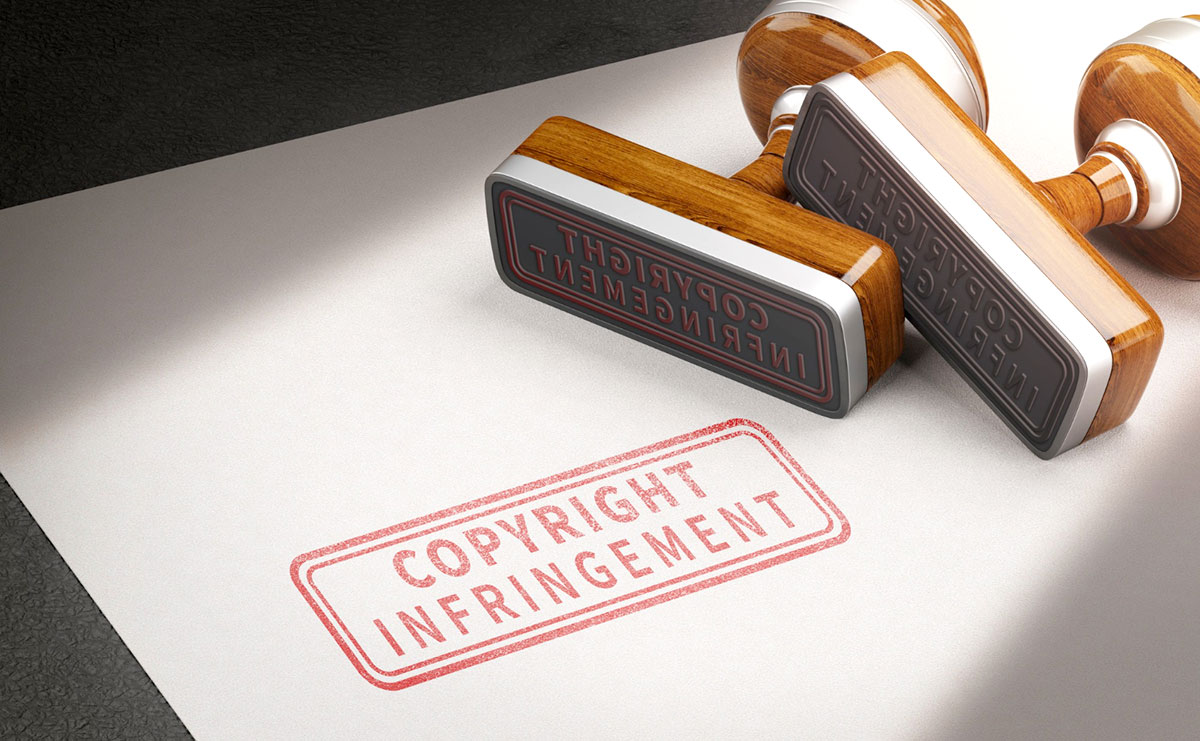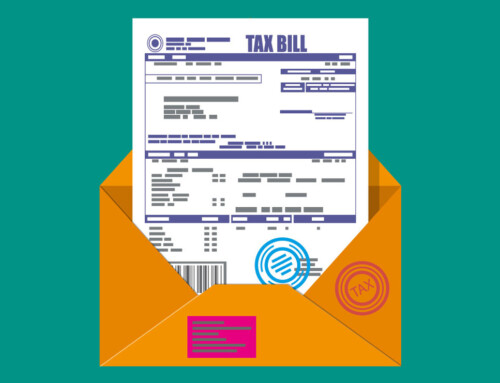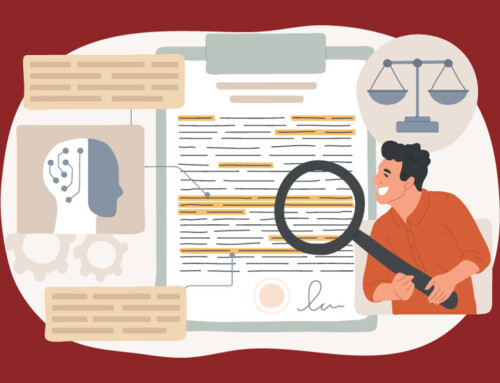Contents
Unintentional Copyright Infringement in U.S. Law
Copyright infringement is a critical issue in the realm of intellectual property law, particularly in the United States where the protection and enforcement of creative works are foundational to economic and cultural vitality. Under U.S. law, copyright grants creators exclusive rights to reproduce, distribute, perform, display, and create derivative works from their original creations. These rights are designed to incentivize innovation and creativity by ensuring that authors, artists, and other creators can reap the benefits of their labor.
However, the digital age has complicated the landscape of copyright protection. The ease of copying and distributing digital content has led to widespread infringement, posing significant challenges to copyright holders, law enforcement, and policymakers. Copyright infringement occurs when someone uses a copyrighted work without permission, violating the rights granted to the copyright owner. This can take many forms, including unauthorized reproduction, distribution, and public performance of a work.
The U.S. legal framework for addressing copyright infringement is robust, encompassing statutory provisions, case law, and enforcement mechanisms. The primary statute governing copyright law is the Copyright Act of 1976, codified in Title 17 of the United States Code. This act outlines the rights of copyright owners and the remedies available for infringement, including monetary damages, injunctions, and, in some cases, criminal penalties.
Courts play a pivotal role in interpreting copyright law and determining the boundaries of infringement. Landmark cases, such as Sony Corp. of America v. Universal City Studios, Inc. and MGM Studios, Inc. v. Grokster, Ltd., have shaped the understanding of what constitutes infringement in the context of technological advancements. These decisions highlight the ongoing tension between protecting creators’ rights and fostering innovation and access to information.
Moreover, the rise of the internet and digital technologies has spurred legislative efforts to adapt copyright law to new realities. The Digital Millennium Copyright Act (DMCA) of 1998, for instance, introduced provisions to combat online piracy and protect digital content. It established a framework for removing infringing material from the Internet while balancing the interests of copyright owners, internet service providers, and users.
Despite these legal protections, copyright infringement remains a pervasive problem. The entertainment industry, including music, film, and publishing sectors, is particularly vulnerable, losing billions of dollars annually to piracy. This economic impact underscores the importance of effective enforcement and the need for ongoing legal and technological strategies to combat infringement.

Unintentional Copyright Infringement in U.S.
Accidental copyright infringement and unintentional copyright infringement are often used interchangeably. Unintentional copyright infringement is an important yet often overlooked aspect of intellectual property law in the United States. While many think of copyright infringement as a deliberate act of piracy or theft, unintentional infringement occurs when individuals or businesses inadvertently violate copyright laws without malicious intent. This type of infringement can result from a lack of understanding of copyright law, the complexities of digital content usage, or the nuances of fair use.
The Copyright Act of 1976, the cornerstone of U.S. copyright law, does not distinguish between intentional and unintentional infringement in terms of liability. This means that even if the infringement was accidental, the infringer can still be held liable for damages. However, the courts and lawmakers recognize the need for a balanced approach that considers the intent and circumstances surrounding the infringement. This balance is essential to avoid stifling creativity and innovation due to fear of legal repercussions.
Unintentional copyright infringement can occur in various contexts. For instance, individuals may unknowingly use copyrighted images, music, or text in their creative works, social media posts, or presentations. Businesses might unintentionally infringe by using copyrighted software or content without proper licensing. Educators and students may also face risks when using copyrighted materials in academic settings, despite the educational fair use provisions.
One of the critical challenges in addressing unintentional copyright infringement is the complexity of copyright law itself. The fair use doctrine, which allows limited use of copyrighted material without permission under certain conditions, is notoriously ambiguous and often difficult to apply. This uncertainty can lead well-meaning individuals to inadvertently infringe on copyrights despite their best efforts to comply with the law.
The rise of digital technologies and the internet has further complicated the issue. The ease of copying, sharing, and remixing content online increases the risk of unintentional infringement. Social media platforms, in particular, are rife with potential pitfalls as users frequently share content without fully understanding its copyright status.
To mitigate the risk of unintentional copyright infringement, education and awareness are crucial. Creators, businesses, and educators need to be well-informed about copyright law, including how to identify copyrighted material and understand the scope of fair use. Additionally, implementing robust content management and licensing practices can help organizations avoid inadvertent infringements.
Legal remedies for unintentional infringement can vary. Courts may consider the infringer’s intent and the nature of the infringement when determining damages. In some cases, courts may award statutory damages, which can range from a few hundred to several thousand dollars per infringement, or actual damages based on the harm caused to the copyright owner. In certain situations, courts may also issue injunctions to prevent further unauthorized use of copyrighted material.
Overall, unintentional copyright infringement in U.S. law presents a complex challenge that requires a nuanced understanding of copyright principles, awareness of legal risks, and proactive measures to avoid violations. By fostering a culture of respect for intellectual property and providing clear guidelines for content usage, it is possible to navigate the intricate landscape of copyright law while encouraging creativity and innovation.
Unintentional Copyright Infringement Fines in U.S. Law
Unintentional copyright infringement is a significant concern in the realm of U.S. intellectual property law, highlighting the importance of understanding the potential financial repercussions. While many people associate copyright infringement with deliberate piracy or theft, unintentional infringement occurs when individuals or organizations inadvertently violate copyright laws without malicious intent. Despite the lack of intent, the financial penalties for such infringements can be substantial, reflecting the law’s strict liability nature.
The U.S. Copyright Act of 1976 establishes the framework for copyright protection and enforcement, making no distinction between intentional and unintentional infringement regarding liability. As a result, even accidental infringements can result in severe fines. The fines for unintentional copyright infringement aim to compensate the copyright owner for their loss and deter future violations, regardless of the infringer’s intent.
Statutory damages play a critical role in the financial penalties for unintentional copyright infringement. These damages provide a range of monetary penalties that courts can impose per work infringed. In cases of unintentional infringement, statutory damages can range from $750 to $30,000 per work. The actual amount awarded typically depends on the circumstances of the case, including the nature and extent of the infringement. Courts may exercise discretion in setting these fines, considering factors such as the infringer’s intent, efforts to comply with copyright law, and the impact of the infringement on the copyright owner.
In some instances, if the infringer can prove that the infringement was entirely unintentional and that they had a reasonable belief that their use of the copyrighted material was permissible, the courts may reduce the statutory damages. The minimum fine in such cases can be as low as $200 per work infringed. However, this leniency is not guaranteed, and the burden of proof lies with the infringer to demonstrate their lack of intent and reasonable belief of fair use.
In addition to statutory damages, copyright owners may seek actual damages and profits. Actual damages reflect the monetary loss suffered by the copyright owner due to the infringement, while profits account for any financial gain the infringer derived from the unauthorized use. These types of damages can be particularly burdensome for businesses and individuals who inadvertently infringe on copyrighted materials, as they may significantly exceed statutory damages.
The complexity of copyright law, especially in the digital age, increases the risk of unintentional infringement. The fair use doctrine, while providing some leeway for certain uses of copyrighted materials, is often ambiguous and challenging to navigate. This ambiguity can lead to inadvertent violations, particularly in environments where digital content is easily shared and reused, such as social media platforms, educational settings, and corporate presentations.
Preventive measures and education are essential to mitigate the risk of unintentional copyright infringement and its associated fines. Creators, businesses, and educators should be well-versed in copyright law, including how to identify copyrighted material and understand the scope of fair use. Implementing robust content management and licensing practices can help organizations avoid unintentional infringements and the significant fines that accompany them.
Unintentional copyright infringement fines in U.S. law underscore the importance of understanding and adhering to copyright regulations. Despite the lack of intent, the financial penalties can be severe, reflecting the law’s strict liability approach. By fostering a culture of respect for intellectual property and providing clear guidelines for content usage, individuals and organizations can navigate the intricate landscape of copyright law while minimizing the risk of costly infringements.
Common Defenses to Unintentional Copyright Infringement
Unintentional copyright infringement occurs when an individual or organization uses copyrighted material without permission, believing their actions are lawful. While the intent behind the infringement is not malicious, the consequences can still be significant. Understanding the defenses available for unintentional copyright infringement is crucial for mitigating potential legal repercussions and financial liabilities.
Fair Use Doctrine: The fair use doctrine is considered as a defense to copyright infringement. Fair use allows limited use of copyrighted material without permission for purposes such as criticism, comment, news reporting, teaching, scholarship, or research. Courts consider four factors to determine fair use:
-
- The purpose and character of the use, including whether it is for commercial or nonprofit educational purposes.
- The nature of the copyrighted work.
- The amount and substantiality of the portion used in relation to the copyrighted work as a whole.
- The effect of the use on the potential market for or value of the copyrighted work.
Lack of Knowledge and Intent: Demonstrating a lack of knowledge and intent to infringe can sometimes mitigate penalties. If the infringer can prove they had no knowledge of the copyright and took steps to ensure compliance, courts may consider this when determining damages.
Innocent Infringement: In some cases, courts may reduce statutory damages if the infringer can prove they were unaware and had no reason to believe their actions constituted infringement. This defense is particularly relevant for individuals or small businesses without legal resources.
License or Permission: Showing that a license or permission was granted, even if informally, can be a strong defense. If there was a misunderstanding or miscommunication about the scope of the license, presenting evidence of an agreement can help.
Statute of Limitations: Copyright infringement claims must be filed within a specific timeframe, usually three years from the date the infringement was discovered or should have been discovered. If the infringement occurred outside this period, the defense can argue that the statute of limitations has expired.
Cease and Desist Compliance: Promptly complying with a cease and desist notice can demonstrate good faith and willingness to correct the mistake. This can sometimes lead to more favorable outcomes in negotiations or settlements.
Unintentional copyright infringement can pose significant legal challenges, but understanding the available defenses can help mitigate risks. By demonstrating fair use, lack of knowledge, or other valid defenses, individuals and organizations can navigate the complexities of copyright law more effectively. Seeking legal advice and implementing robust copyright compliance measures are essential steps in preventing and defending against unintentional copyright infringement.
Avoiding Unintentional Copyright Infringement
Copyright infringement, whether intentional or unintentional, can lead to serious legal and financial consequences. To avoid unintentional copyright infringement, it’s essential to understand and respect the rights of content creators. Understanding the basics of copyright is the first step. Copyright is a legal right granted to creators of original works, including literary, dramatic, musical, and artistic works. These works are protected from unauthorized use for a specified period, typically the creator’s lifetime plus an additional 70 years. Knowing what is protected and the duration of this protection helps in avoiding unintentional infringement.
One effective way to steer clear of copyright infringement is by using public domain and open-access resources. Works in the public domain are free from copyright restrictions and can be used freely. These include works for which copyright has expired, those created by the U.S. federal government, and those explicitly placed in the public domain by their creators. Additionally, using content licensed under Creative Commons or other open-access licenses is beneficial. These licenses often allow for use, sharing, and sometimes modification of the work, provided the terms of the license are followed.
Obtaining proper permissions is another crucial step. If you want to use a copyrighted work, seeking permission from the copyright holder is necessary. This may involve paying a fee or adhering to specific usage terms. Licensing agreements also provide a legal way to use content, such as images, videos, and music tracks, available for purchase or through subscription services that grant usage rights.
Correctly attributing sources is essential in respecting copyright laws. Always give proper credit to the original creator, especially when using content under Creative Commons licenses that require attribution. Adhering to citation standards, such as MLA, APA, or Chicago style, ensures that sources are correctly attributed.
Creating your own content is one of the safest ways to avoid copyright infringement. By producing original work, you eliminate the risk of infringing on someone else’s rights. If creating content is not feasible, consider hiring a professional or commissioning original work. This ensures that you have the necessary rights to use the content.
Educating yourself and your team about copyright laws and best practices is vital. Providing training and resources on these topics helps prevent unintentional infringement. Staying updated on changes in copyright laws ensures that your knowledge remains current. Additionally, utilizing copyright-free databases for images and music provides access to content that is free from copyright restrictions.
Implementing content review processes within your organization can also help avoid copyright infringement. Establishing procedures to review content before publication ensures that it does not infringe on any copyrights. When in doubt, consulting with a legal expert can provide guidance on the proper use of content and help avoid infringement.
By following these steps, you can significantly reduce the risk of unintentional copyright infringement and ensure that you respect the rights of content creators. When in doubt, it is always best to seek permission or create your own original content.
Difference Between Innocent Copyright Infringement and Unintentional Copyright Infringement
Innocent copyright infringement occurs when an individual uses copyrighted material without knowing it is copyrighted and has no reason to believe their use constitutes infringement. The key aspect of innocent infringement is the lack of knowledge and no reasonable basis to know the material is copyrighted. In such cases, courts may reduce statutory damages if the infringer can prove their ignorance and lack of reason to suspect infringement. An example of innocent infringement would be a person copying a poem found in an old book that lacks a copyright notice, believing it to be in the public domain.
On the other hand, unintentional copyright infringement happens when an individual uses copyrighted material without intending to infringe but should have been aware that the material is copyrighted. The key aspect here is that there is no intent to infringe, but there is a reasonable basis to know that the material is copyrighted. Despite the lack of intent, the infringer may face significant legal consequences, though courts might consider the absence of willfulness in their rulings. For instance, a small business owner might use a popular song in an advertisement without obtaining a license, mistakenly believing that giving credit to the artist is sufficient.
The main differences between the two types of infringement lie in knowledge and awareness. In innocent infringement, the infringer genuinely does not know and has no reason to know that the material is copyrighted. In unintentional infringement, the infringer does not intend to infringe but knows or should reasonably know that the material is copyrighted. Consequently, innocent infringement may result in reduced penalties due to the lack of knowledge, whereas unintentional infringement can still lead to significant penalties, although the lack of intent may be a mitigating factor.
Understanding these distinctions is crucial for individuals and businesses to navigate copyright law effectively and mitigate potential legal risks. For example, using an image from a website labeled as “free” without realizing the image is actually copyrighted would be an innocent infringement. In contrast, using copyrighted music in a video without a license, assuming that giving credit is sufficient, would be an unintentional infringement.
Conclusion
In conclusion, navigating the complexities of copyright infringement in the United States necessitates a thorough understanding of both intentional and unintentional violations. While the digital age has exacerbated the challenges of protecting creative works, robust legal frameworks and landmark cases continue to shape the landscape. Unintentional copyright infringement underscores the need for greater education and awareness about intellectual property laws. By fostering a culture of respect for creators’ rights and implementing proactive measures, individuals and organizations can mitigate the risks of unintentional violations, thereby promoting innovation while safeguarding economic and cultural vitality.
Frequently Asked Questions
Is unintentional infringement considered a criminal offense?
Unintentional copyright infringement is generally not considered a criminal offense. Thus, while unintentional infringement can lead to civil liability and financial consequences, it does not usually result in criminal charges.
How can you prove that infringement was unintentional?
Proving unintentional copyright infringement involves demonstrating a lack of knowledge and intent to infringe, typically through testimony, communication records, and documentation showing legitimate acquisition or fair use. It also helps to show prompt corrective actions, such as removing the infringing material and attempting to settle the matter amicably. Evidence of policies and training to prevent infringement, along with expert testimony and proof of an innocent mistake or independent creation, can further support the claim. These efforts can help mitigate the consequences by convincing the court or copyright holder that the infringement was unintentional.
Disclaimer: The content provided on this blog is for informational purposes only and does not constitute legal, financial, or professional advice.







